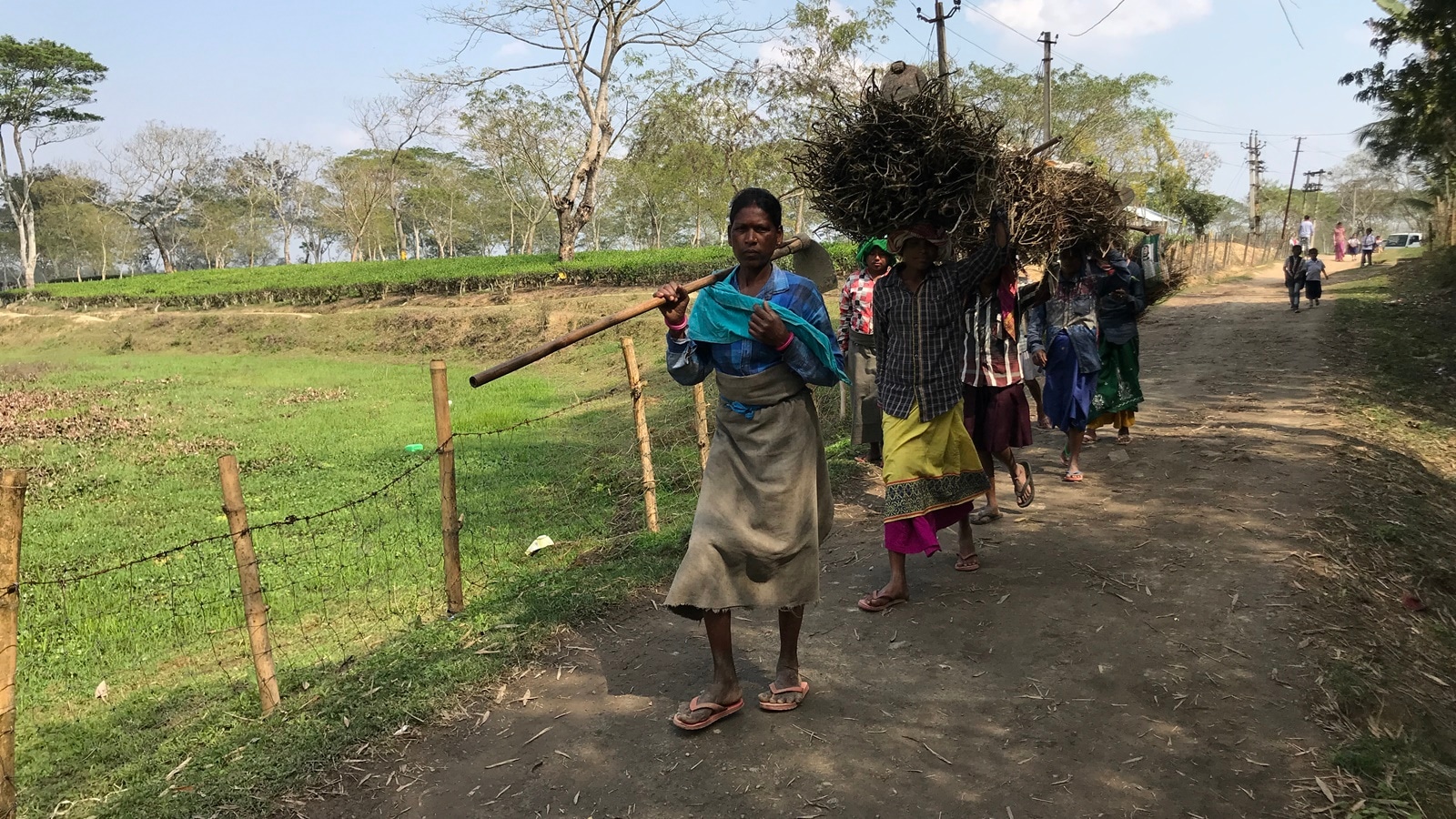With the World Bank raising its threshold poverty line to $3 a day (daily consumption of less than $3) from the earlier $2.15 a day, the extreme poverty rate for India declines sharply to 5.3 per cent in 2022-23 from 27.1 per cent in 2011-12. In absolute terms, people living in extreme poverty fell from 344.47 million to just 75.24 million, latest data from the World Bank shows.
At $2.15 daily consumption — the earlier poverty line based on 2017 prices— the share of Indians living in extreme poverty is 2.3 per cent, which is significantly lower than 16.2 per cent in 2011-12, according to the World Bank’s estimates. The number of people living below the $2.15-per-day poverty line is recorded at 33.66 million in 2022, down from 205.93 million in 2011.
Despite the World Bank revising its extreme poverty line to adjust for global inflation in 2021 prices, India seems to have fared well, with the poverty numbers holding good. At $3 a day threshold, India’s extreme poverty rate for 2022-23 rises from 2.3 per cent (at a poverty line of $2.15 a day) to 5.3 per cent, the World Bank estimates.
Story continues below this ad
Adjusting the earlier $2.15-per-day line for domestic inflation from 2017 to 2021, according to sources, brings the threshold poverty line to roughly $2.60—still lower in real terms than the new $3 a day benchmark.
The share of Indians living below the revised lower-middle-income category (LMIC) poverty line of $4.20 per day (from $3.65 in 2017 prices) also fell from 57.7 per cent in 2011-12 to 23.9 per cent in 2022-23. In absolute numbers, people living under the revised LMIC poverty line dips from 732.48 million to 342.32 million in a period of 11 years.
The World Bank estimates India’s population at 1438.07 million in 2023, using its World Development Indicators database and the official Household Consumption Expenditure Survey.
 Lower-middle-income category. (Source: The World Bank)
Lower-middle-income category. (Source: The World Bank)
Based on the earlier LMIC line of $3.65/ day, India’s poverty rate falls from 61.8 per cent to 28.1 per cent, with around 401 million Indians living below the $3.65/day line in 2022.
Story continues below this ad
Using the revised LMIC poverty line of $4.20 per day in 2021 prices, India’s poverty rate drops to 23.9 per cent from 28.1 per cent in 2022-23. This may seem counter-intuitive, but sources said this is because the new threshold is about 5 per cent lower for India than the inflation-adjusted equivalent of the earlier $3.65 benchmark.
When adjusted for domestic inflation between 2017 and 2021, the previous $3.65 line would be roughly $4.40 in 2021 prices, making the revised $4.20 line effectively a lower bar for India.
Poverty rates for 2023-24 will be released in October under its Poverty and Inequality Platform (PIP). Sources in the government said these numbers have not been arrived at internally too.
Under the $3.65-per-day LMIC line (in 2017 prices), rural poverty fell from 69 per cent in 2011-12 to 32.5 per cent in 2022-23, while urban poverty dropped from 43.5 per cent to 17.2 per cent. The gap by education level was even starker—35.1 per cent of Indians over 16 without any schooling lived below the poverty line in 2022-23, compared to just 14.9 per cent among those with a post-secondary education.
Story continues below this ad
According to the World Bank’s multidimensional poverty index (MPI), non-monetary poverty in India declined from 53.8 percent in 2005-06 to 15.5 per cent in 2022-23. The index comprises six indicators, namely consumption or income, educational attainment, educational enrolment, drinking water, sanitation, and electricity. The NITI Aayog has estimated that India’s population living in multidimensional poverty fell to 11.28 per cent in 2022-23 from 29.17 per cent in 2013-14.
Data in the Household Consumption Expenditure Survey (HCES) 2023-24 also indicates a rise in monthly consumption in India. In 2011-12 prices, rural average monthly consumption spending per person increased to Rs 2,079 in 2023-24 from Rs 1,430 in 2011-12, a rise of 45.4 per cent. Urban average monthly consumption expenditure increased by 38 per cent to Rs 3,632 per person from Rs 2,630.


